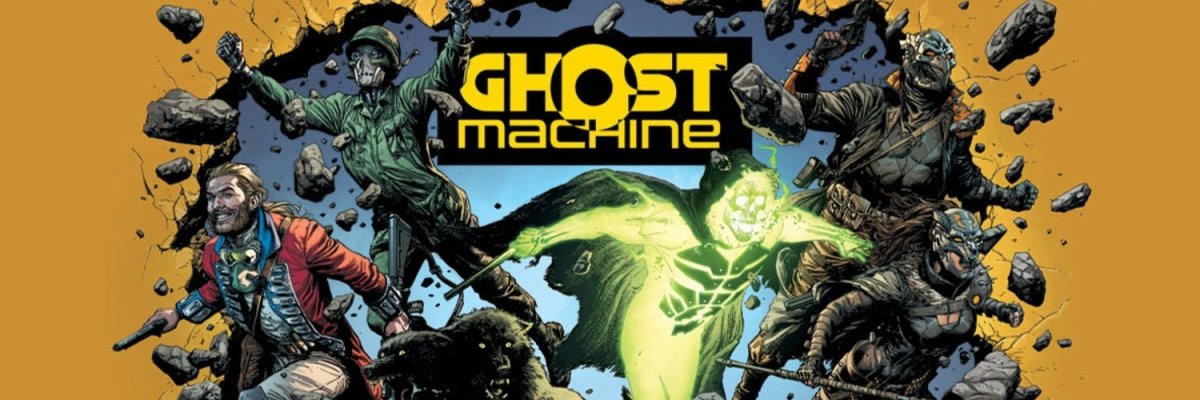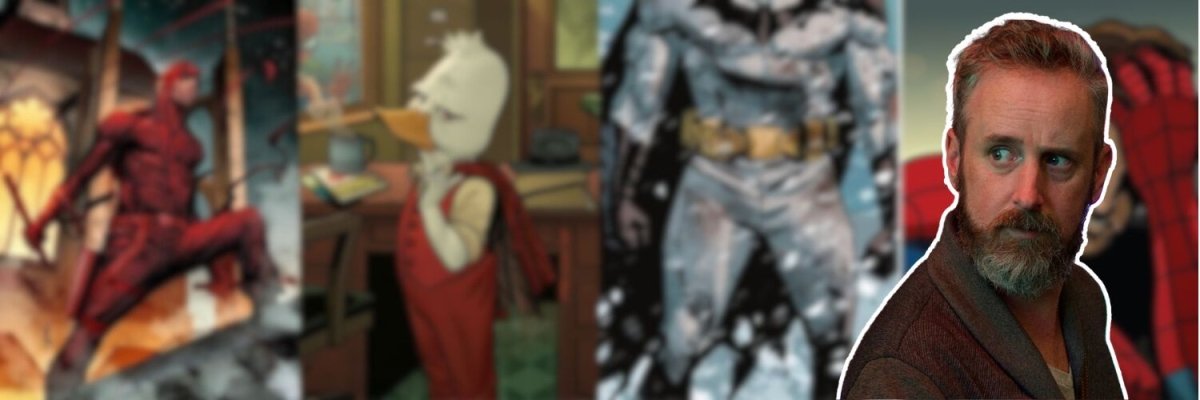
Written by Petar
Wanted to be an astronaut, ended up exploring comics instead.
The year is 2000. There were a couple of super hero movies in the past few years that you remember fondly (and maybe not so fondly). Blade with Wesley Snipes was pretty good, though would you even consider that a comic book movie? Batman & Robin was…. There, I guess? Judge Dredd, The Phantom, Spawn – all of these were coming out, but they weren’t shaking up the world – and a lot of them were just pure camp too. And then, the first X-Men movie came out.
It can be tough to express how beneficial Bryan Singer’s X-Men movie was, and what a long-lasting impact it left on both the movie and the comics industry. As I mentioned last time, the X-Men were in a bit of a slump in the 90s. Huge creators left the franchise, so the stories sometimes felt lackluster (even though there are some hits still there!). The comic speculator bubble also burst in 1993, leading Marvel to declare bankruptcy in 1996 and the sales dropped down by staggering 70% in some cases.
The X-Men movie was a breath of fresh air into the franchise that seemed to be well on its way down. It injected new life into the franchise, and people started getting interested into the comics again. Done were the days of camp, and in its place, we had deeper themes of discrimination and identity, and memorable performances from legends like Patrick Stewart, Ian McKellen and Hugh Jackman, who will redefine the characters for the upcoming decades.
But why am I yapping so much about the X-Men movie? This is a blog about comics, at the end of the day! That’s why you are here! Well, it’s because of Grant Morrison.
Jumping Into X-Men Comics: The Morrison Solution
I won’t lie, getting into X-Men comics as a newcomer is TOUGH. A lot of stories, character relationships and themes step from the work Claremont did in Uncanny X-Men all the way back in 80s. This is an intimidating mountain to climb! With an influx in new interest in the franchise, it was time for a fresh start.
If Claremont brought new life into the franchise back in the 70s, then Morrison has to be given the same credit for the 00s. They began their tenure as the author of the X-Men title from issue #114, renaming it “New X-Men” (with a stylish new symmetrical logo), and the name is very apt.
 What they did with the title was nothing seen before, and the influence is still felt. One of their main focuses is the actual Xavier’s school, which starts feeling like an actual school – Morrison fills it to the brim with students, faces that will become the new generation of characters for years and years: the psychotic Cassandra Nova, cold Stepford Cuckoos, wild Quentin Quire, Fantomex, Glob Herman, Beak and Angel, Xorn – the author’s fingerprints are over all of them.
What they did with the title was nothing seen before, and the influence is still felt. One of their main focuses is the actual Xavier’s school, which starts feeling like an actual school – Morrison fills it to the brim with students, faces that will become the new generation of characters for years and years: the psychotic Cassandra Nova, cold Stepford Cuckoos, wild Quentin Quire, Fantomex, Glob Herman, Beak and Angel, Xorn – the author’s fingerprints are over all of them.
Another focus is on the Mutant experience and culture – things that Morrison is known to write about. They explored the subculture that would exist around Mutants in real world – from fanatics who would craft body parts in a wish to become Mutants, to the infamous “Magneto Was Right” clothes – Morrisons ideas mirrored the real world to an eerie amount.
It’s also very interesting pouring over the Morrison Manifesto at the back of the New X-Men Omnibus – their disdain for the costumes or being bogged by continuity, their wish for the book to be the new Eminem or Keanu movie (which somehow also remain relevant some 25 years later) – it gives a great insight into the mind of a comics genius (whether you like their stories or not is a different topic).
It was also Morrison who introduced the relationship of Scott Summers and Emma Frost, which some fans to this day prefer over Scott and Jean. Of course, a big reason for this is the work other writers put into it later too, but Morrison’s contribution and initial ideas are remarkable.
But they were not alone in this regard. Their collaborator on Flex Mentallo and JLA Earth 2 (whose both deluxes are on pre-order!) Frank Quitely joined the fray. Quitely is one of those artists whose style is so specific that you either love it or hate it, but you will immediately know it’s him from the moment you see it. The hyper-detailed faces can put off a lot of people (it took me three tries before I “got into” the book), but when it clicks, it does so big time.
Most importantly, though, Quitely does wonders with figurework and motion. New X-Men #114 cover, with the main characters draped in shadows yet their silhouettes so distinct should be taught in art classes. The same goes for New X-Men #121, an (almost) completely silent issue that sees Jean and Emma venture into the mind of Prof. Xavier – an issue that has been referenced and given homage to multiple times now. And while other artists would just in and help out (to varying degrees of success), it is Morrison and Quitely’s work that pops in mind when someone mentions this run. And while the omni is currently only at a few copies remaining, the New X-Men Modern Era Epic Collection Vol. 1: E Is For Extinction restock is incoming – and trust me, this is the story you do not want to miss!
The Other Side of 2000s X-Men: Chuck Austen’s Controversial Run and Claremont’s X-Treme Vision
Morrison wasn’t acting alone at this time. If you recall from Part I (let’s see who took notes), X-Men title was split into Uncanny X-Men and X-Men (or adjective-less, as the fans call it) back in 90s. While Morrison picked up X-Men (adding the prefix New), Uncanny X-Men were handled by Chuck Austen.
His run takes place from Uncanny X-Men #410 – #443, and is characterized by two things: soap opera and controversial decisions. To put it in a more neutral tone, Austen took some risks which might not have been popular, but the pay off to some of them is really good. He brought back Havok and Polaris into the title, and included characters like Northstar, M and Husk. Some notable stories are The Draco which explored Nightcrawler’s origin (and was retconned recently in Uncanny Spider-Man) as well as began the redemption of Juggernaut.
His run wasn’t as well received by the critics and fans alike. Many criticized the characterization, his affinity for shock value and the way some characters (especially women) were portrayed. If you are a completionist and would like to dive into this run, the starting point is X-Men: Unstoppable, which then continues into X-Men: Trial of the Juggernaut. In recent years, there have been some fans who have been clamoring about wanting this era collected in an oversized format too, so we can watch and wait.
However, at this time, X-Men got so big that two titles couldn’t contain them! Claremont, who came back to both titles before Morrison and Austen would take over, was moved away from the titles after repeated editorial interference (it’s like the man can never learn, but loves X-Men so much). The Editor-in-Chief at Marvel at the time – Joe Quesada – offered Claremont a title of his own, a sandbox in which he could play in – and X-Treme X-Men were born!
 This books follows a globe-trotting team of Mutants led by Storm as they search for Destiny’s Diaries which are said to predict the future of Mutantkind. The team originally included Beast, Bishop, Rogue, Sage, Psylocke and Thunderbird, but was expanding and changing throughout the story.
This books follows a globe-trotting team of Mutants led by Storm as they search for Destiny’s Diaries which are said to predict the future of Mutantkind. The team originally included Beast, Bishop, Rogue, Sage, Psylocke and Thunderbird, but was expanding and changing throughout the story.
The series was done by two artists split almost in half. Salvador Larroca handled the first 24 issues with colors done by Liquid! His style has a glossy quality to it, with an almost metallic finish, but don’t let that make it sound like the art is static. On the contrary, the action scenes are quite kinetic and dynamic, and both faces and bodies are often exaggerated and expressive.
Igor Kordey takes over from issue #25 and stays until the end. His inks are much looser and grittier, very different from Larroca’s style, and yet both significantly different from Quitely’s work on the sister series. The whole story has been collected in two omnis (X-Treme X-Men volume one and volume two), and Larroca and Claremont recently reunited for X-Treme X-Men: A New Beginning mini series.
Avengers Disassembled, House of M, and the Dawn of X-Men Decimation
With the initial years of 21st century over, Marvel decided to lean hard into events. And the opening salvo of this was Avengers Disassembled, the start of Brian Michael Bendis’s run on Avengers. In the story, the Avengers are torn apart, revoked of their security clearances, or just dead. Their mansion is destroyed, with enemies and sins of their past resurfacing. The end sees Wanda Maximoff is to blame, after suffering a mental breakdown remembering the children she lost (which MCU echoed).

As the aftermath of this, Wanda’s powers spiral out of control and create a whole new universe, the world where Mutants (and their leader – Magneto) reign supreme: welcome to the House of M! The event was reminiscent of the successful Age of Apocalypse, creating a separate universe with an X-Men villain in charge.
The House of M ends with the now iconic scene of Wanda uttering the words “No more mutants” and changing the world once more, decimating it of the Mutant population. For context, the Mutants have suffered quite a lot in this period – Morrison’s E for Extinction saw millions of Mutants perish, and now these three words thinned down the population to 198 people – it’s the era of X-Men: Decimation, baby!
Astonishing X-Men: A Modern Classic and the Legacy of John Cassaday
Throughout all of this, a spiritual successor of Morrison’s New X-Men was seen in Astonishing X-Men – the series that took the spot of the 3rd X-Men title after the ending of X-Treme X-Men. This happened a little before House of M, during X-Men: Reload which saw the reshuffling of creative teams after Morrison ended the title. Austen moved to New X-Men (who also changed the name to just X-Men once more) while Claremont moved back to Uncanny.
With another controversial writer – Josh Whedon – and John Cassaday on art, the series follows Cyclops, Emma Frost, Wolverine, Beast, Kitty Pryde and sees the return of Colossus into the comics. This was a back-to-basics title, full of classic superhero actions and quippy dialogue that is Whedon’s trademark. The particular standout of the book, however, is John Cassaday’s art.

The irreplaceable Cassaday had a penchant for gifting us amazing scenes – cinematic in scope, with layouts often feeling like movie storyboards – yet with clear and realistic lines. There was a simple subtlety to his posing that not many artists can achieve, and his recent passing is a hit for the world of art and comics.
The duo gives another amazing entry-point to the X-Men of the era if Morrison and Quitely aren’t your style, and the story is collected in two books in the Modern Era Epics: Gifted and Unstoppable.
Surviving Decimation: The Years Before Hope
Astonishing X-Men ended during the Decimation era, thus also reducing the number of core titles back to two. At this time, X-Men were written by Peter Milligan, who took over from Chuck, starting from issue #166, and who was then replaced by Mike Carey with issue #188. Milligan’s X-Men Austen (with art by Salvador Larroca) are surreal and high-concept, with some good soap opera (and a weird Mystique story) thrown in there. The run is collected in two paperbacks: Dangerous Liaisons and Blood of Apocalypse.
Mike Carey stayed on the X-Men for quite longer – from issue #188 to issue #207, and then to issue #260 after the title was (yet again) renamed, this time to X-Men: Legacy, working on it for six years. During this time, he worked with fantastic artists, most notably Chris Bachalo and Humberto Ramos (pre Legacy switch). He introduced the concepts like The Children of the Vault and a significant character development was moving Rogue as one of the leaders of the team – especially in the later era. The stories are collected in the books that are somewhat harder to find: Supernovas, Blinded by the Light, Endangered Species and Messiah Complex.

As far as Uncanny X-Men went, Claremont remained on the title from issue #444 until #473. The era is an interesting blend of his classic style – globetrotting, team dynamics, political intrigue – with the new situations and characters the X-Men face.
The run was collected in a series of five “Uncanny X-Men – The New Age” books which were published back in 2005, or two chunkier “X-Men: Reload by Chris Claremont” books published in 2019. As you can imagine, all of these are very tough to find in the physical market these days, and the whole era remains quite a frustrating experience to dive into for fans. This is why getting them collected in Modern Epics or Omnis is always an exciting event for us!
After Claremont, the title was picked up by Ed Brubaker, who wrote a 12-issue story The Rise and Fall of the Shi’ar Empire with Clayton Henry and Billy Tan on art (which was also included in the War of Kings Omnibus as a part of the grander cosmic storyline). He followed this with The Extremists (with Larroca on art), splitting the team and preparing them for the next big event.
And as suddenly as it arrived, one of the darkest moments for Mutants would end. After a few years of fighting for their survival and facing decimation, the Mutants would witness the birth of a Mutant Messiah, the first Mutant baby born since Decimation. She would lead them into a new era and much, much more conflict. It was the birth of Hope…

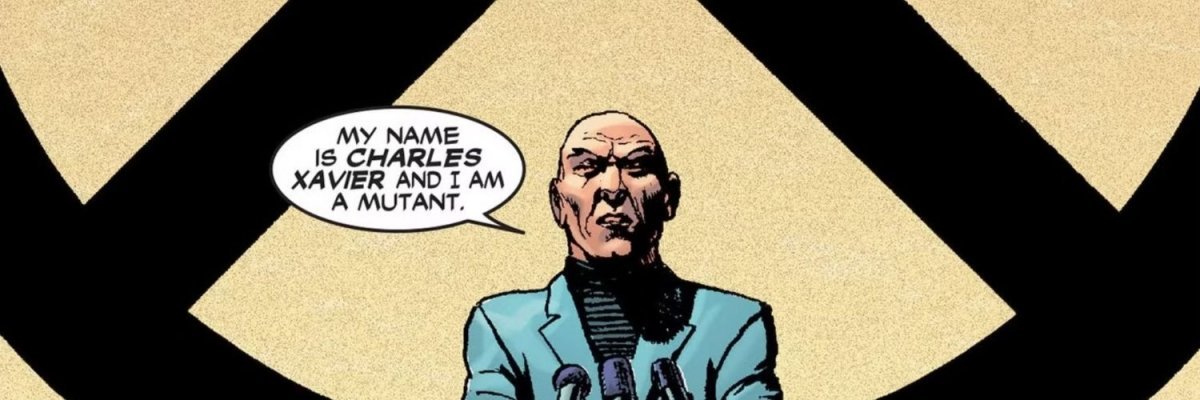
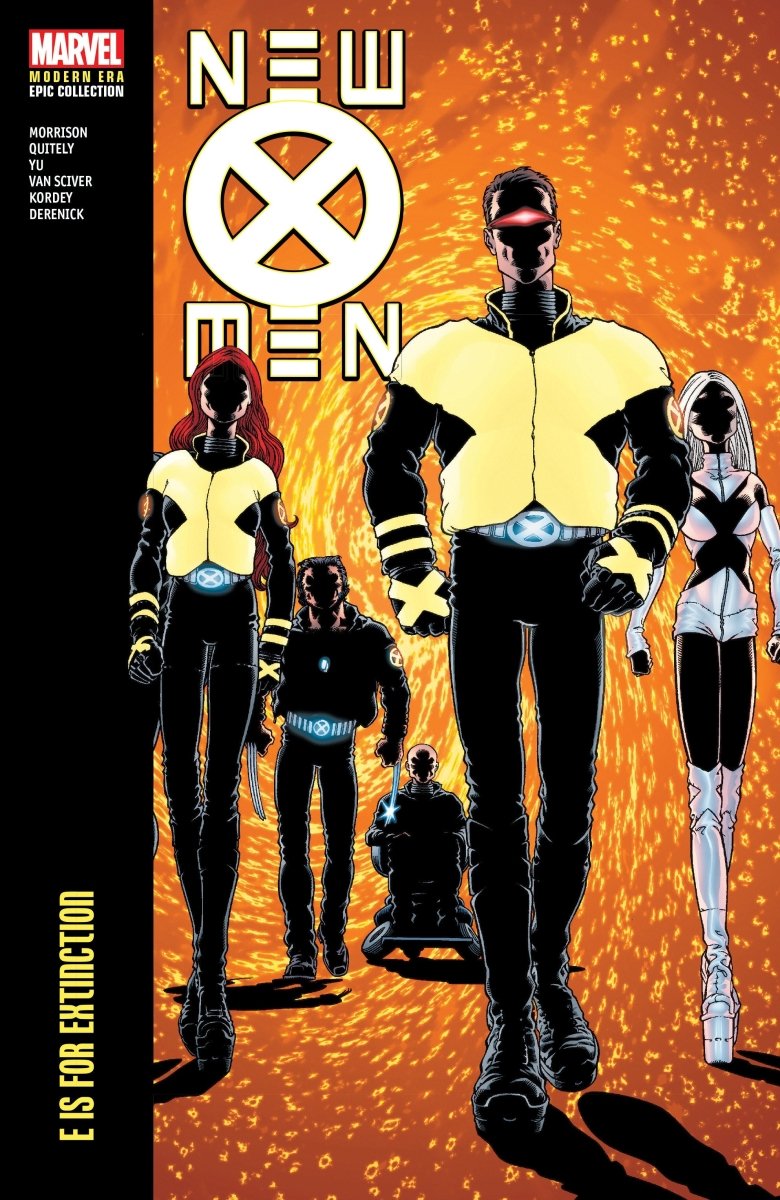
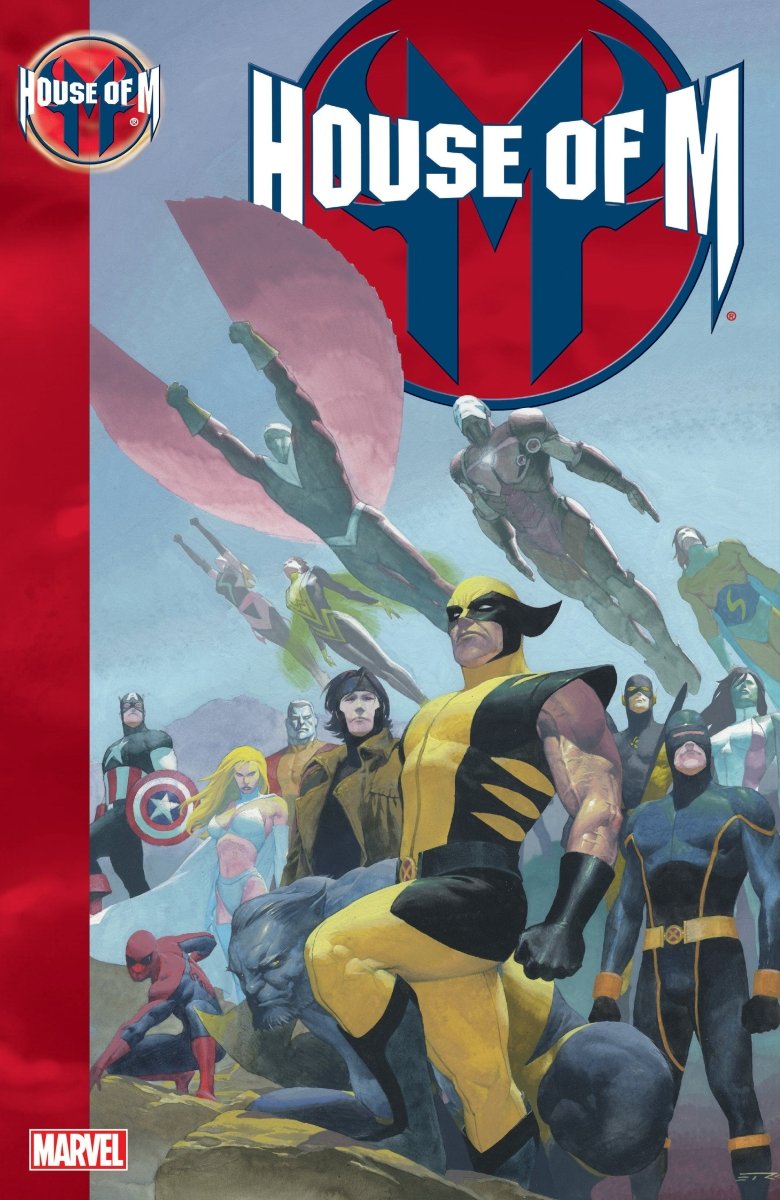
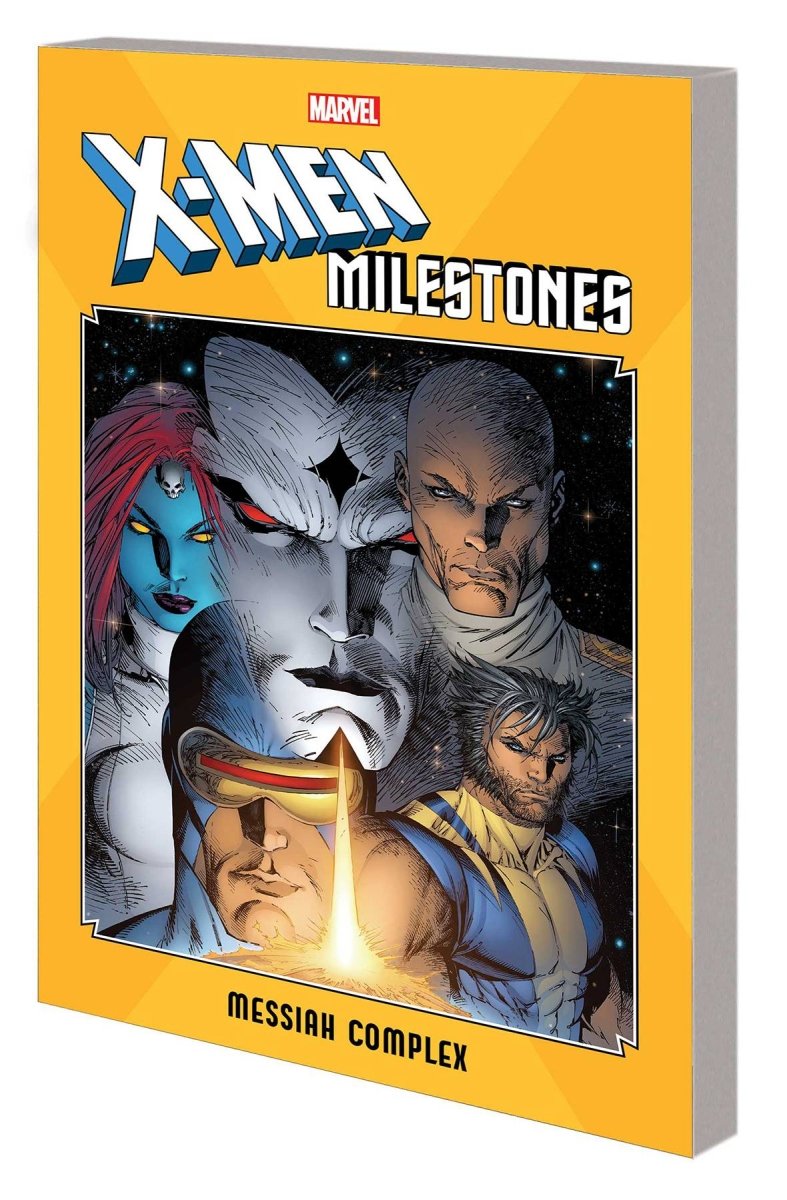
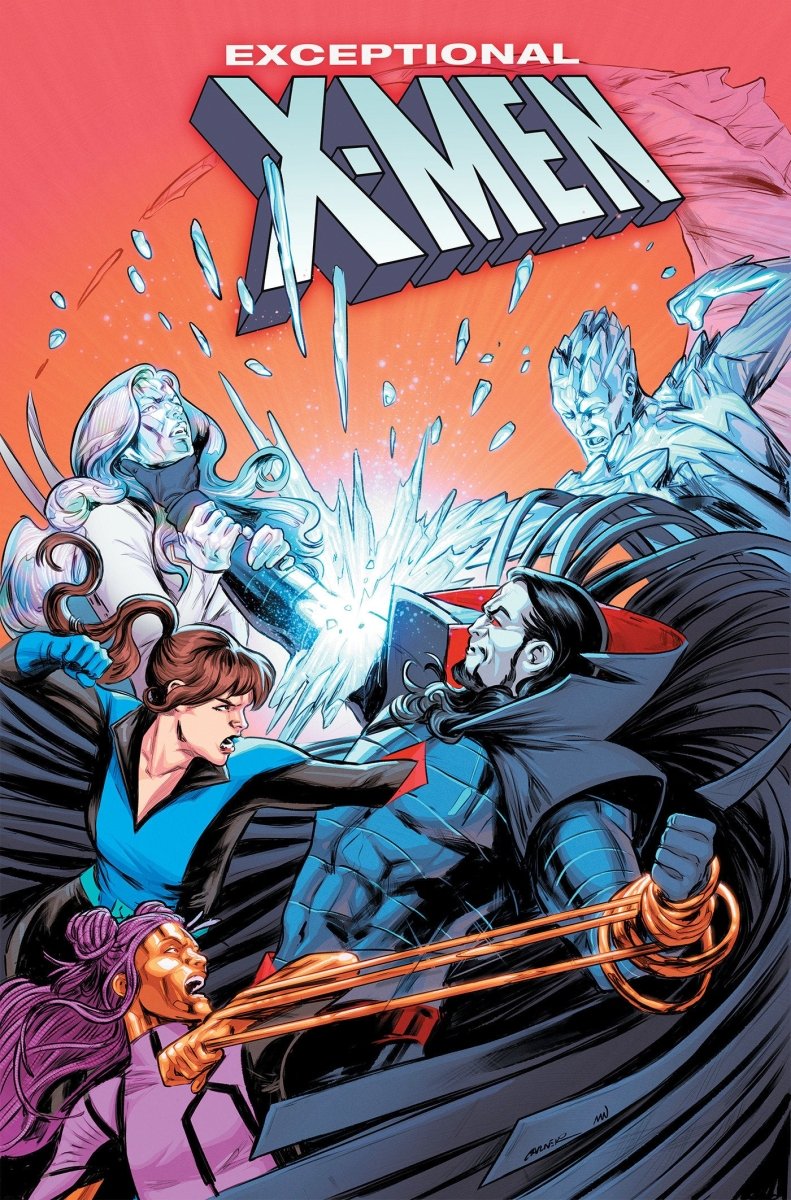
![X-Men: Book Of Revelation #3 [AOR]](http://waltscomicshop.com/cdn/shop/files/75960621366500311.jpg?v=1766164109&width=1400)
![X-Men: Book Of Revelation #3 Ivan Shavrin Variant [AOR]](http://waltscomicshop.com/cdn/shop/files/75960621366500321.jpg?v=1766164104&width=1400)
![X-Men: Book Of Revelation #3 Fabrizio De Tommaso Variant [AOR]](http://waltscomicshop.com/cdn/shop/files/75960621366500331.jpg?v=1766164104&width=1400)
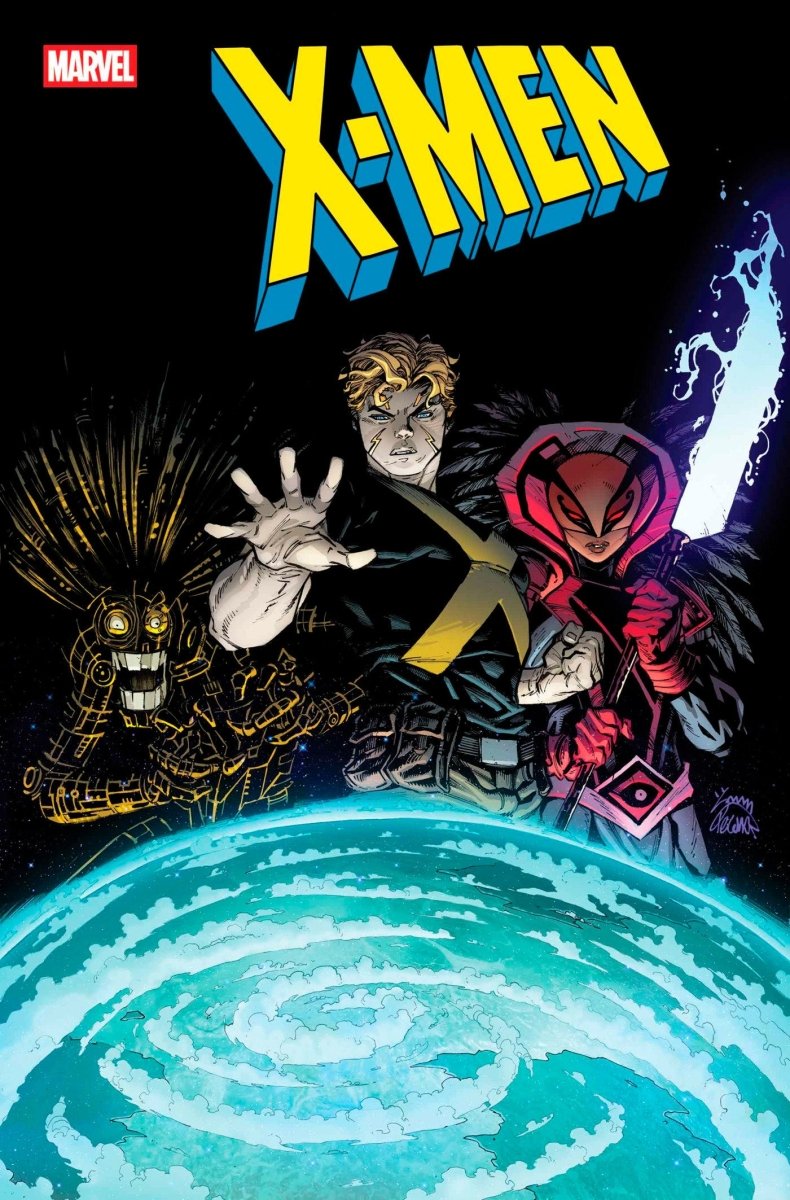
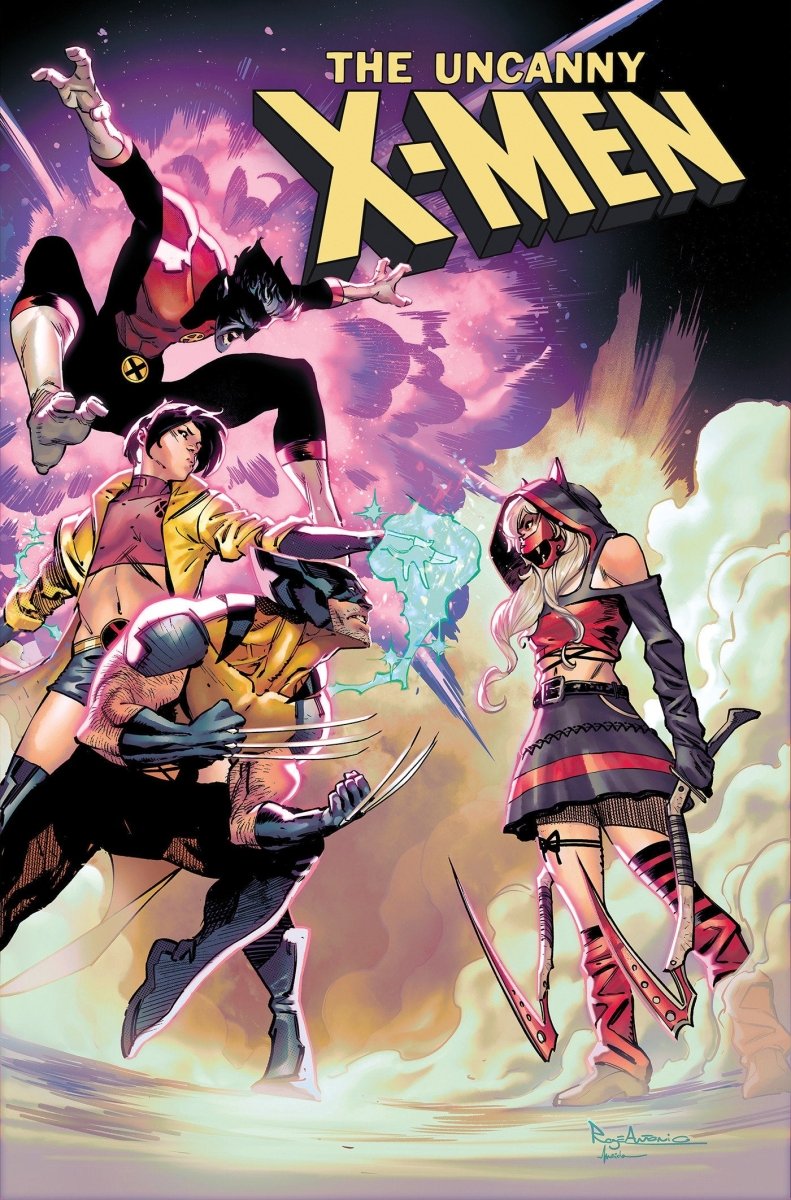
![Unbreakable X - Men 3 Rod Reis Variant [AOR] - Walt's Comic Shop](http://waltscomicshop.com/cdn/shop/files/unbreakable-x-men-3-rod-reis-variant-aor-1731537.jpg?v=1765747692&width=791)
![Unbreakable X - Men 3 [AOR] - Walt's Comic Shop](http://waltscomicshop.com/cdn/shop/files/unbreakable-x-men-3-aor-9173171.jpg?v=1765747691&width=790)
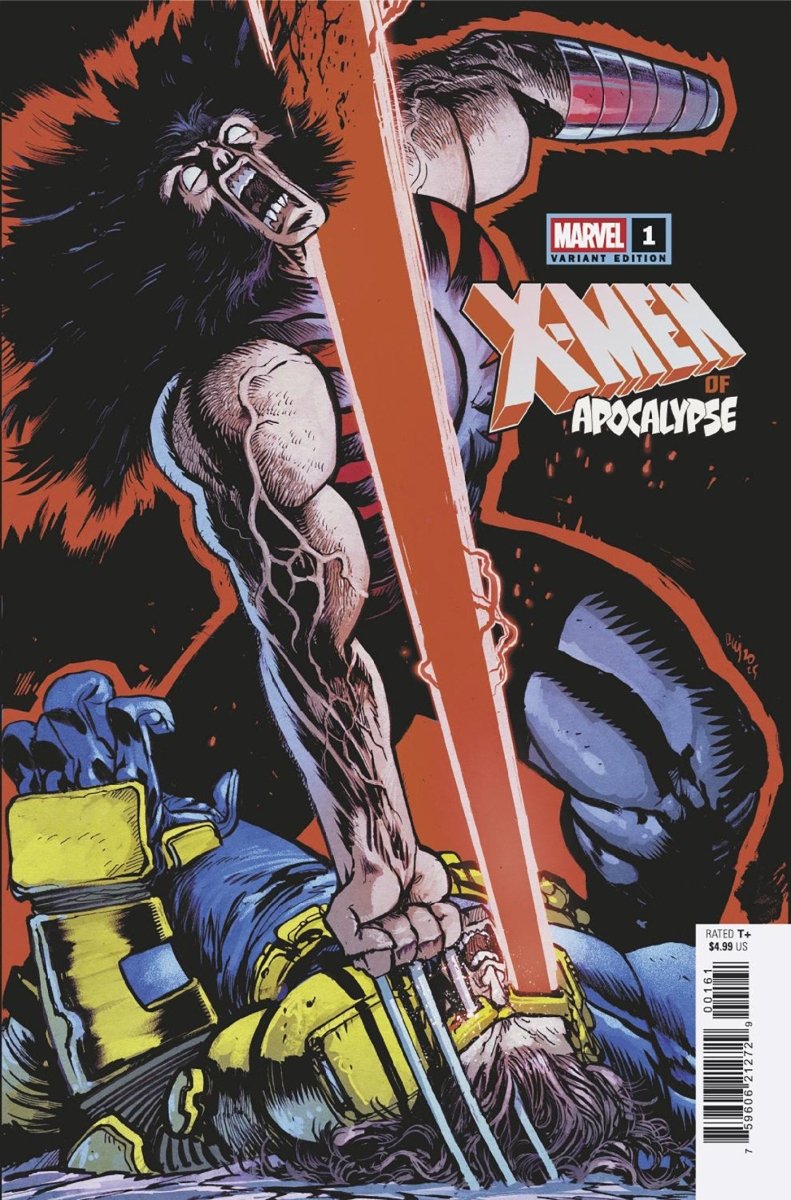
![X - Men: Book Of Revelation 2 Inhyuk Lee Street Verse Full Art 1:50 Ratio Variant [AOR] - Walt's Comic Shop](http://waltscomicshop.com/cdn/shop/files/x-men-book-of-revelation-2-inhyuk-lee-street-verse-full-art-150-ratio-variant-aor-6602989.jpg?v=1765747869&width=776)
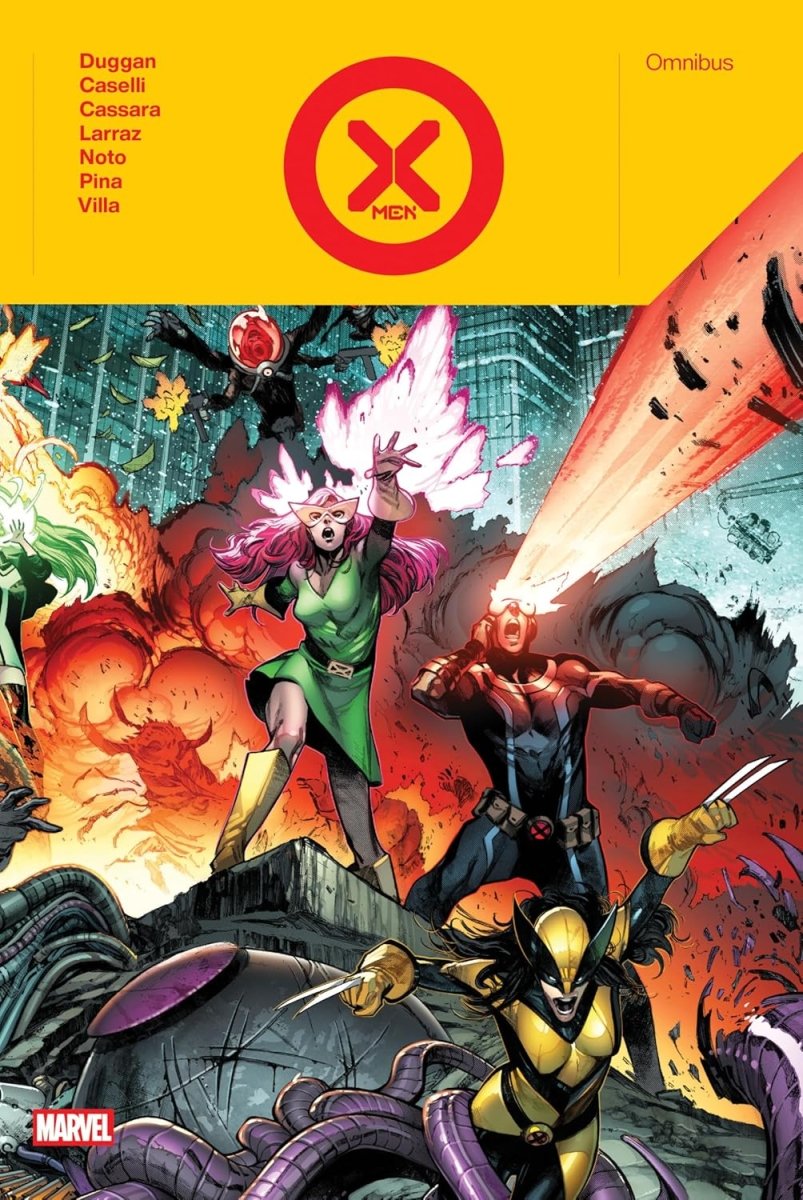
![X - Men By Gerry Duggan Omnibus Variant HC [DM Only] *OOP* - Walt's Comic Shop](http://waltscomicshop.com/cdn/shop/files/x-men-by-gerry-duggan-omnibus-variant-hc-dm-only-oop-4260909.jpg?v=1765753994&width=826)
![X - Men By Gerry Duggan Omnibus Variant HC [DM Only] *PRE - ORDER* - Walt's Comic Shop](http://waltscomicshop.com/cdn/shop/files/x-men-by-gerry-duggan-omnibus-variant-hc-dm-only-pre-order-484597.jpg?v=1764773575&width=800)

